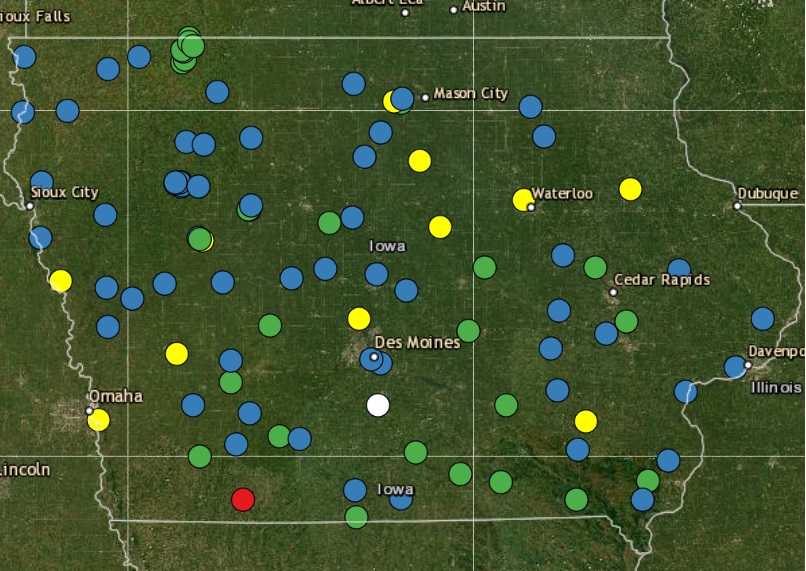
BEDFORD, Iowa — The Iowa Department of Natural Resources (DNR) and Iowa Department of Health and Human Services (DHS) ordered the temporary closure Friday of the beach at Lake of Three Fires in Taylor County as a precaution against possible infection by a brain-eating amoeba, according to a statement issued Friday by the DHS.
The order is effective immediately, the statement said.
The closure of the beach to swimming follows a confirmed case of Naegleria fowleri — commonly known as the brain-eating amoeba — in a Missouri resident, with recent potential exposure while swimming at the beach at Lake of Three Fires State Park.
The DHS is working with the U.S. Centers for Disease Control and Prevention to test the Lake of Three Fires in order to confirm the presence of Naegleria fowleri. Testing could take several days to complete, the DHS said.
The DHS described organism and its effects:
Naegleria fowleri is a microscopic single-celled free-living ameba that can cause a rare life-threatening infection of the brain called primary amebic meningoencephalitis (PAM). The ameba is commonly found in warm freshwater such as lakes, rivers and ponds; however, PAM is extremely rare. Since 1962, only 154 known cases have been identified in the United States. No additional suspected cases of PAM are currently being investigated in Missouri or Iowa.
While Naegleria fowleri can be present in any body of warm freshwater across the United States, infections as a result remain rare. Infection by Naegleria fowleri can occur if water containing the ameba enters the body through the nose. The Naegleria fowleri ameba then travels up the nose to the brain where it destroys the brain tissue. This infection cannot be spread from one person to another, and it cannot be contracted by swallowing contaminated water.
People can take actions to reduce the risk of infection by limiting the amount of water going up the nose. These actions could include:
- Hold your nose shut, use nose clips, or keep your head above water when taking part in water-related activities in bodies of warm freshwater.
- Avoid water-related activities in warm freshwater during periods of high-water temperature.
- Avoid digging in, or stirring up, the sediment while taking part in water-related activities in shallow, warm freshwater areas. (These recommendations are best practices but not based on scientific testing since the low numbers of infections make it difficult to show effectiveness.)
While this infection is extremely rare in the U.S., people who experience the following symptoms after swimming in any warm body of water should contact their health care provider immediately:
- Severe headache
- Fever
- Nausea
- Vomiting
- Stiff neck
The DHS and DNR will provide additional updates as test results become available.

















